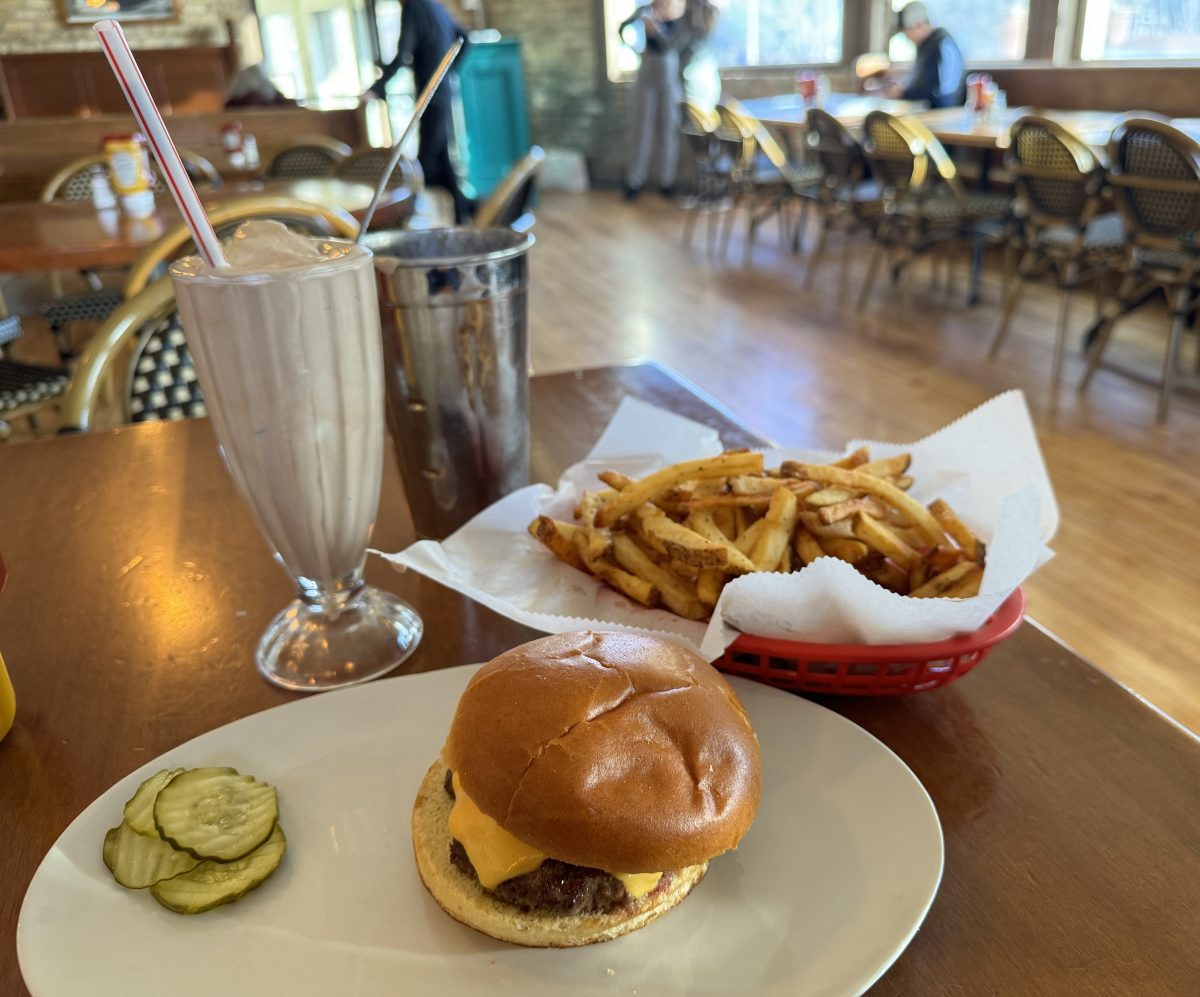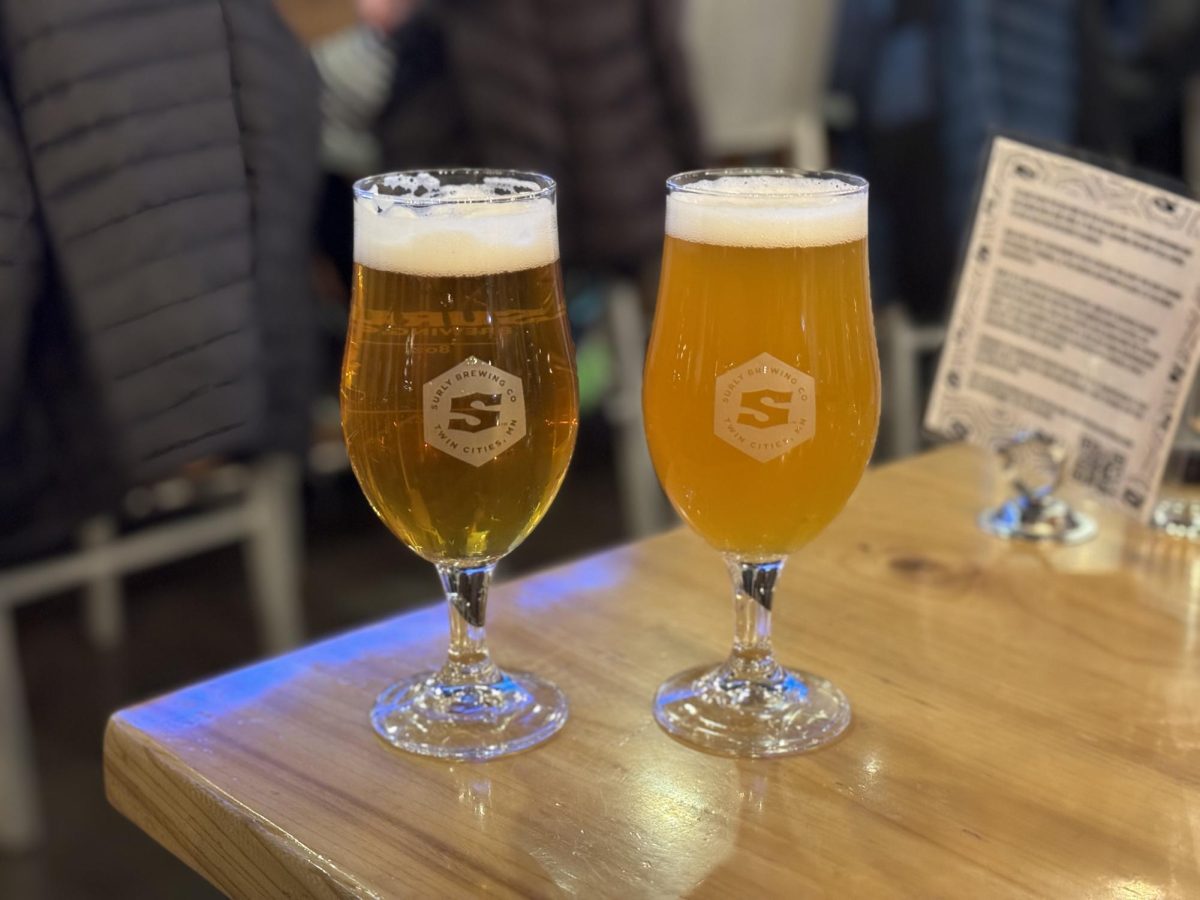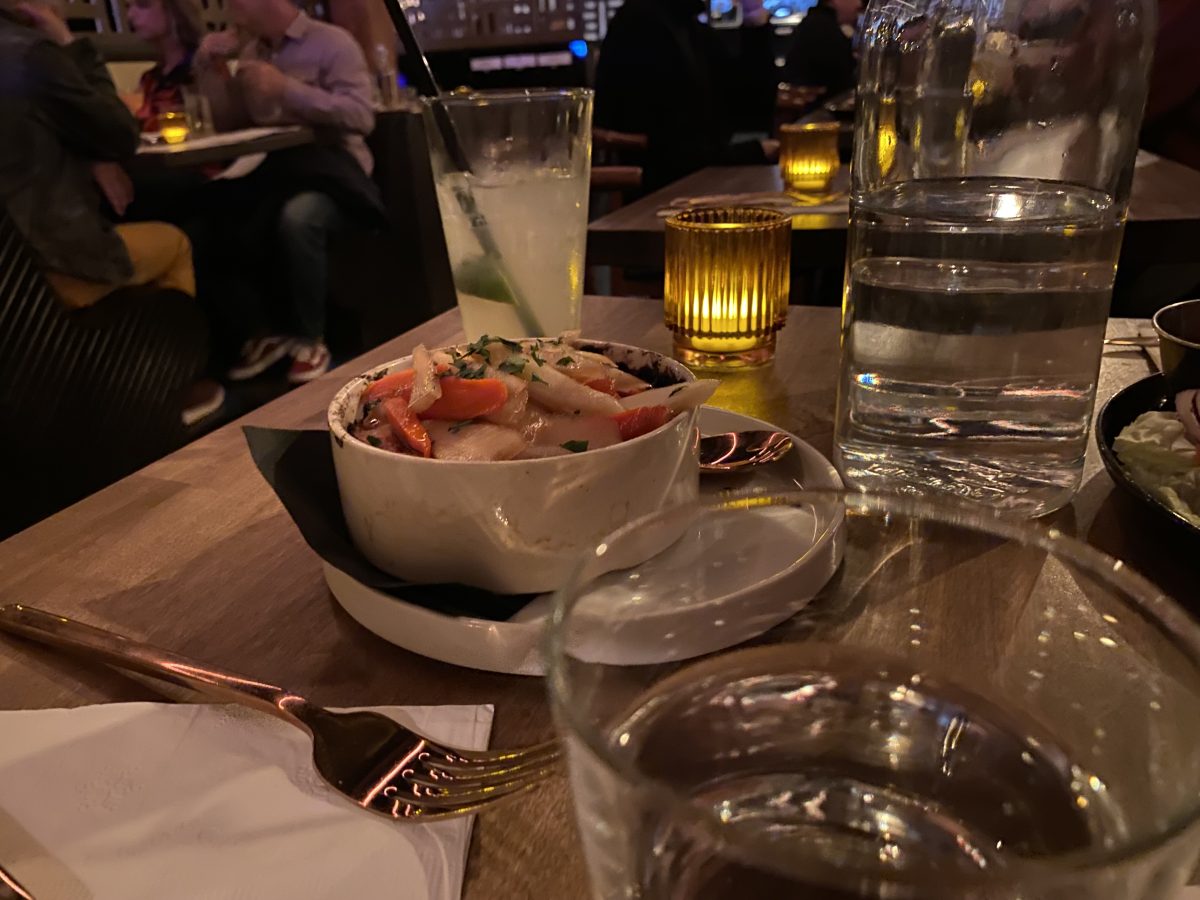What: Amy Stewart
Where: Magers & Quinn, 3038 S. Hennepin Ave., Minneapolis
When: 7:30 p.m., Thursday
Not many authors readily admit to alcohol’s role in their work. But in “Wicked Plants,” Amy Stewart explains her liquor cabinet’s role in the writing process. Stewart’s newest work, “The Drunken Botanist,” began as she sipped from a bottle of gin with a friend.
Excited at the prospect of uniting competing worlds of botany and cocktails, she could barely contain her enthusiasm as she and a friend marveled at the ingredients in a liquor store.
“There’s so many plants here. Come to think of it, all of these bottles have nothing but plants in them,” she said, recalling the experience. “Everything behind the bar is just distilled plant matter.”
Throughout “The Drunken Botanist: The Plants that Create the World’s Great Drinks,” she chronicles the botany behind the booze. She alphabetically describes plants from agave to wheat, with grains, grasses, flowers, trees, fruits and fungi in between. Stewart provides drink recipes alongside historical anecdotes, a worldly perspective on each plant’s use and current scientific research with voices from experts.
“There’s a gap between what’s happening in botanical science and what people in the cocktail world might know about each particular plant,” she said. “I really try to bridge that gap.”
Stewart makes scientific subjects palatable not only with a heaping dose of instructions to get loaded, but also with entertaining anecdotes along the way. In her description of sorghum, she describes Richard Nixon’s 1972 run-in with the popular grain in the form of a Maotai at a banquet in Beijing. The sorghum spirit, with an alcohol content of more than 50 percent, burned Nixon’s throat as he matched the host’s intake of the drink.
“The Drunken Botanist” moves effortlessly between the history of humans’ encounters and experiences distilling various plants to the bleeding edge of today’s alcohol consumption. For Stewart, sorghum represents a surprise given its status in the United States.
“It’s kind of an underdog in the booze world,” she said. “It’s not something that people really think about. It’s sort of an unglamorous, workhorse kind of grain.”
While sorghum generally feeds famine victims, when distilled, the grass also lets people worldwide get tanked. Stewart points to the plant’s widespread use across Africa and China.
“Numbers are very hard to come by because homemade stuff isn’t counted at all,” Stewart said of sorghum’s global prominence. “It may well be that it is the most commonly imbibed plant in the world.”
Visiting distilleries in France and elsewhere, Stewart had the most interest in the botany side of bottling. She even includes a mention of the University of Minnesota’s continuing research on improving local grape varieties for wine.
“For me, it was actually much more interesting and much more valuable to talk to the botanist,” she said. “From plant to plant, there’s a huge amount of variety. From distillery to distillery, there’s less variety.”
Gentian, a tall yellow flower from the French alpine meadows, represents just one of a list of plants with undiscovered properties. Stewart interviewed botanist Lena Struwe of Rutgers University, who studies the medicinal uses of the gentian, also a key ingredient in the alcoholic Campari. The plant’s ability to promote salivation and the production of digestive juices make gentian a possible aid for cancer patients, Stewart said of Struwe’s research.
“That does not necessarily mean that a Campari and soda is a health drink,” she said. “Although I don’t know, it’s a nice excuse to have one, though.”
“The Drunken Botanist” isn’t the ultimate guide to botany and booze, but the book uses the liquor cabinet as a useful window in the often misunderstood science. The author simply scratches the surface of the fertile ground for plants’ extensive properties.
“We haven’t even really begun,” she said. “There is so much that we still don’t know about these plants and what they can do.”
Spirited science
Here are three recipes for science-inspired cocktails from Amy Stewart’s “The Drunken Botanist.”
1. “Dr. Struwe’s Suze and Soda”
2 ounces Suze
2 to 4 ounces soda or tonic water
Lemon twist
Pour Suze over ice, top with soda water to taste and add a twist of lemon.
2. “Caribou”
3 ounces red wine
1 1/2 ounces whiskey or rye
Dash of maple syrup
Shake all ingredients over ice, and strain. Use real maple syrup, not imitation.
3. “Royal Tenenbaum”
1 1/2 ounces London dry gin
1/2 ounce pine liqueur, like Zibenz Stone Pine Liqueur
1 sprig fresh rosemary
Shake gin and pine liqueur over ice and strain into a cocktail glass. Garnish with rosemary sprig.






















